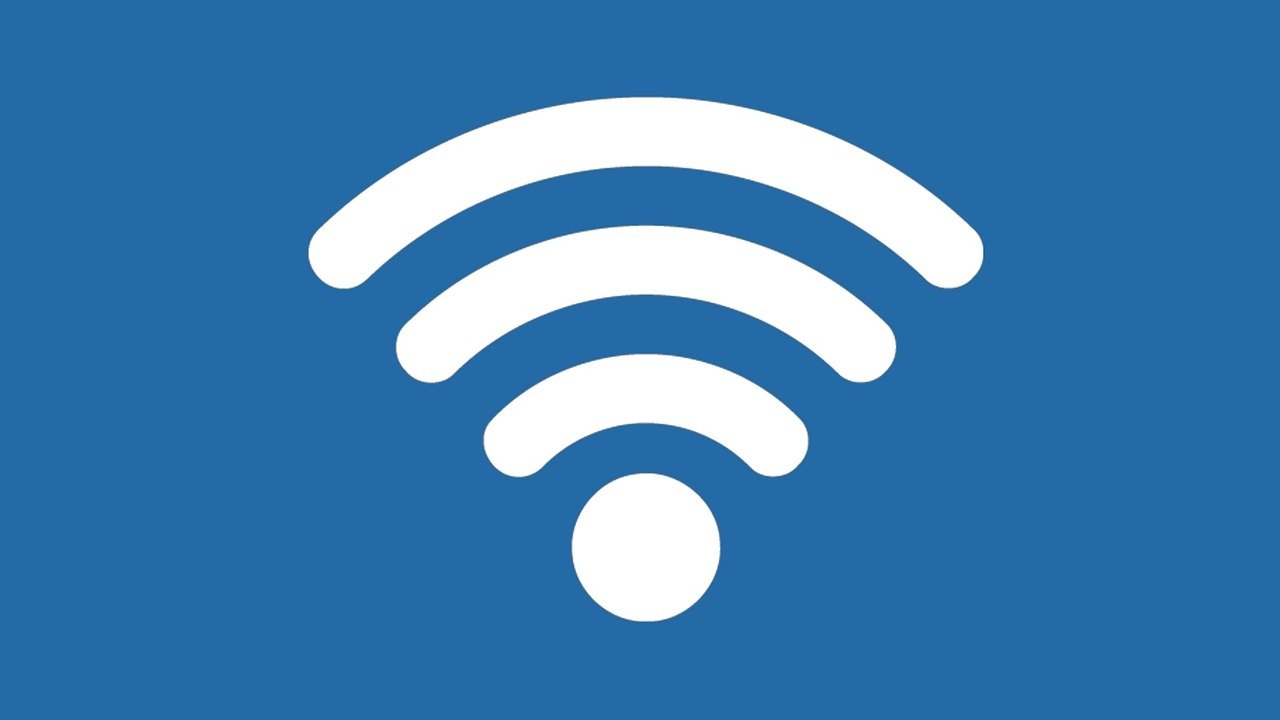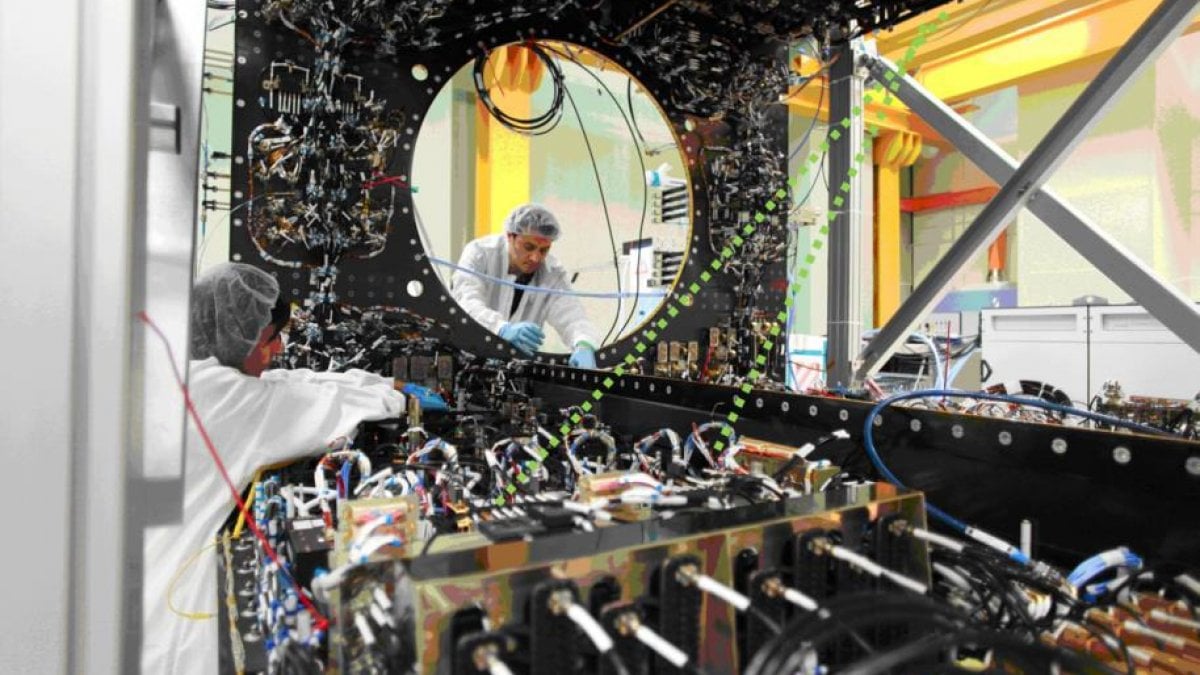Light Wi-Fi – that would be a light signal projected across the depths of space. It might seem the premise for a sci-fi novel or tv series, but in a couple years from now it could become part of our everyday reality.
The future begins with the groundbreaking Tows – Transmission of Optical Wireless signals for telecom Spacecraft project.
An ordeal that is going to cost 700.000 eur and may change the world of telecommunications as we know it today. If you thought that the world of connection had reached its peak with optical fiber and 5G networks, you’re in for a surprise.
Light Wi-fi will mark the end of cables and interferences
There’s many reasons that led to science onto this path. Among these are the key characteristics of this technology.
First and foremost, with light wi-fi there won’t be any further need for cables.
The infrastructures that we’re used to would be replaced by an advanced, entirely satellitar technology, optimizing both space and available resources.

But there’s more. Light wi-fi would be rid of the interferences all too common with sound waves.
Signal problems would thus become a moot point with the new space technology.
Light wi-fi is going to be developed by an italian researcher
This one of its kind project may leave a permanent mark in the history of television and bring technology to yet new heights of complexity.
As if this wasn’t enough, Tows is going to be based in Italy for the most part.

The team is coordinated by professor Ernesto Ciaramella of the Pisa Institute of Technology for Communication, Information and Perception – alongside with the European Space Agency.
Tows is not going to be just an academic research project; professor Ciaramella and his equipe are going to build a fully working demonstrative prototype as well.
No more bandwidth problems with light Wi-fi
Another issue that light Wi-fi would resolve is bandwith use.
More and more often, informations need plenty of bandwidth to travel on the various everyday channels: the more bandwidth there is, the clearer and faster the signal will be.
But a larger bandwidth usage also implies that the commmunications will be heavier – and slower – to manage. These issues are going to be mere tokens of the past if light wi-fi is going to prove itself successful.
“These technologies”, professor Ciaramella explained in an interview, “are especially needed today because there’s an increasing request for bandwidth all over the world.”
How does the new optical technology work?
Tows is essentially going to replace the sound waves that we’ve grown used to with light waves.
Light can’t pierce through the walls of satellites; communications would therefore be shielded from any eventual “third party” interception. More to the point, the lack of cables would grant more freedom to the satellite itself, making communications faster and more detailed.
“E.T phone home” was the catchphrase of Stephen Spielberg‘s iconic movie. And while we don’t know yet whether communications might really travel through space, one thing’s for certain – if Tows is going to be successful, the very concept of telecommunications is going to be retooled, getting past limits that seemed set in stones and reaching yet new heights.
Once this technology for space communications becomes a thing, nothing will keep light Wi-fi from reaching into our everyday life, where connections play a pivotal role.
This post is also available in:

